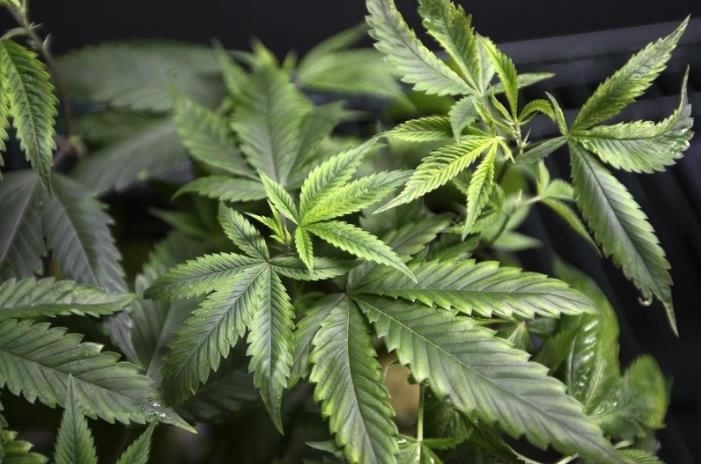
Culture
11:38, 12-Sep-2017
Percentage of US college students using marijuana at highest level in 30 years: study
CGTN

According to a study conducted by the University of Michigan, the amount of US college students who smoked marijuana in 2016 was the highest in the last three decades.
The Monitoring the Future follow up study, funded by the the National Institute on Drug Abuse, shows that marijuana use in US college students has been steadily increasing over the past decade.
In 2016, 39 percent of full time college students aged between 19 and 22 indicated that they used marijuana at least once in the last 12 months, and 22 percent indicated that they used at least once in the prior 30 days.
Both of these 2016 percentages are the highest found since 1987, and represent a steady increase since 2006, when they were 30 and 17 percent, respectively.
Daily, or near daily, use of marijuana – defined as having used 20 or more times in the prior 30 days – was at 4.9 percent in 2016. This is among the highest levels seen in more than 30 years, though it has not shown any further increase in the past two years.
"These continuing increases in marijuana use, particularly heavy use, among the nation's college students deserves attention from college personnel as well as students and their parents," said John Schulenberg, the current principal investigator of the Monitoring the Future study. "We know from our research and that of others that heavy marijuana use is associated with poor academic performance and noncompletion of college."
One likely reason marijuana use is increasing among college students and their peers who aren't in college, according to the study results, is the ongoing decline in perceptions of risk of harm from regular marijuana use.

Reuters photo
Reuters photo
In 2016, 30 percent of those aged between 19 and 22 perceived regular use of marijuana as carrying great risk of harm, which is the lowest amount since 1980.
"This percentage peaked at 75 percent in 1991, when marijuana use among college students and their non-college age mates was at historic lows," said Lloyd Johnston, the original principal investigator of the Monitoring the Future study. "We have consistently seen this inverse relationship between perceptions of risks of harm and actual use, with changes in perceptions of risk typically preceding changes in use."
These findings come from the long term Monitoring the Future study, which has been tracking substance use of all kinds among American college students for the past 37 years.
These results are based on full time students who are one-to-four years beyond high school graduation and are enrolled in a two- or four-year college in March of the given year.
10598km
Source(s): Xinhua News Agency

SITEMAP
Copyright © 2018 CGTN. Beijing ICP prepared NO.16065310-3
Copyright © 2018 CGTN. Beijing ICP prepared NO.16065310-3